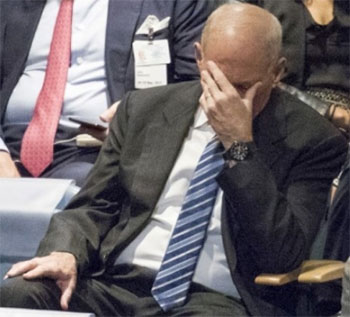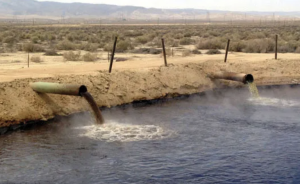
DEMOCRATS
REPUBLICANS
95%
5%

(D) J. Hickenlooper*
(R) Somebody
80%
20%


(D) M. Dougherty
(D) Jena Griswold
(D) Brian Mason
60%↑
30%↑
20%↓


(D) Brianna Titone
(R) Kevin Grantham
(D) Jerry DiTullio
60%↑
30%
20%↓

(D) Diana DeGette*
(R) Somebody
90%
2%

(D) Joe Neguse*
(R) Somebody
90%
2%

(R) Jeff Hurd*
(D) Somebody
80%
40%

(R) Lauren Boebert*
(D) Somebody
90%
10%

(R) Jeff Crank*
(D) Somebody
80%
20%

(D) Jason Crow*
(R) Somebody
90%
10%

(D) B. Pettersen*
(R) Somebody
90%
10%

(R) Gabe Evans*
(D) Manny Rutinel
(D) Yadira Caraveo
45%↓
40%↑
30%

DEMOCRATS
REPUBLICANS
80%
20%

DEMOCRATS
REPUBLICANS
95%
5%

(D) J. Hickenlooper*
(R) Somebody
80%
20%


(D) M. Dougherty
(D) Jena Griswold
(D) Brian Mason
60%↑
30%↑
20%↓


(D) Brianna Titone
(R) Kevin Grantham
(D) Jerry DiTullio
60%↑
30%
20%↓

(D) Diana DeGette*
(R) Somebody
90%
2%

(D) Joe Neguse*
(R) Somebody
90%
2%

(R) Jeff Hurd*
(D) Somebody
80%
40%

(R) Lauren Boebert*
(D) Somebody
90%
10%

(R) Jeff Crank*
(D) Somebody
80%
20%

(D) Jason Crow*
(R) Somebody
90%
10%

(D) B. Pettersen*
(R) Somebody
90%
10%

(R) Gabe Evans*
(D) Manny Rutinel
(D) Yadira Caraveo
45%↓
40%↑
30%

DEMOCRATS
REPUBLICANS
80%
20%

DEMOCRATS
REPUBLICANS
95%
5%
 July 29, 2024 04:05 PM UTC
July 29, 2024 04:05 PM UTC 2 Comments
2 Comments John Aguilar of
John Aguilar of 

I guess I have been out of the loop longer than I thought. I just discovered the Colorado Oil and Gas Conservation Commission evolved into the ECMC…the Energy and Carbon Management Commission a couple of years ago. It seems, though, not much else has changed.
The proposal, as I read it, is no less preposterous than the proposal years ago to drill in the Rulison Nuclear Blast Exclusion Zone near Parachute, CO.
166 wells is a pretty big play and someone stands to make a lot of money. The fact it is even being considered lends credibility to the notion that the fancy new name of the COGCC has not hindered the Commission from its proclivity for granting the wishes of the OilyBoyz and their shareholders.
The only way to stop them is to convince them the fight will be so costly they can’t deliver sufficient profit. Opponents need to lawyer up…and don’t expect help from Colorados’ Democratic delegation. Polis, Hickenlooper, and Bennet will not get in their way. Look to local governments and NGOs for help
There are major worries about the plan to dig close to the Lowry Landfill Superfund Site and the Aurora Reservoir. The potential threats are significant since the landfill holds millions of gallons of industrial trash and the reservoir provides roughly 400,000 people with a vital source of drinking water. The fear held by opponents is that drilling can cause pollution and harm to the environment, which emphasizes the necessity for careful risk assessment and other options. It is only common sense to prioritize the preservation of hazardous waste sites and essential water sources over new drilling operations.